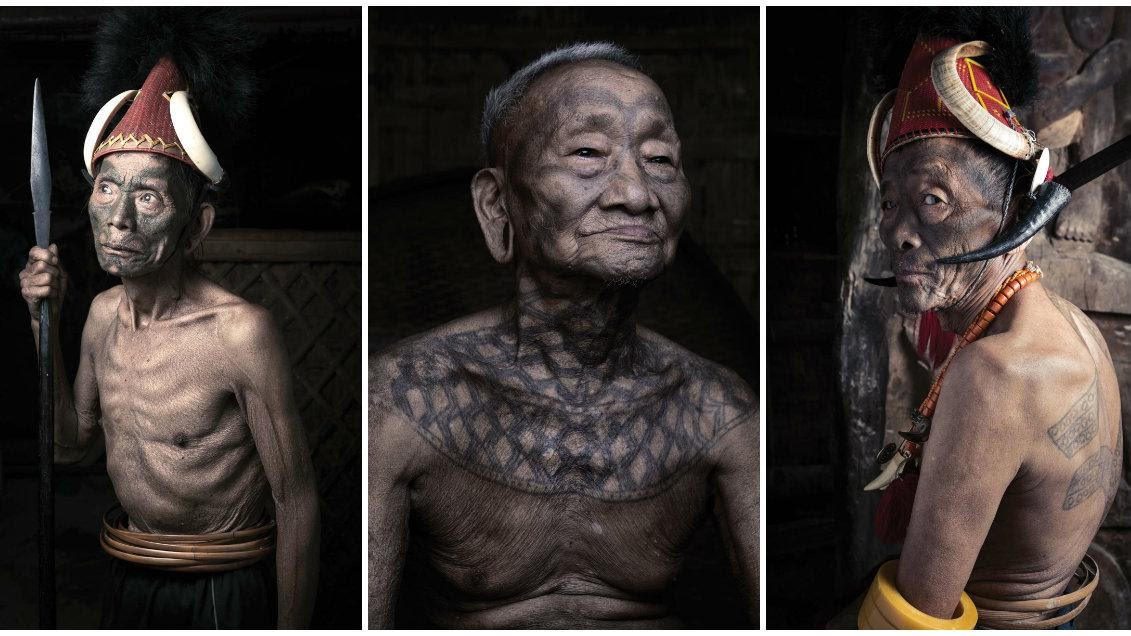
Facts in News |
|
Regulations Review Authority (RRA) 2.0 |
|
RO-PAX Jetty Project |
|
Heparin Induced Thrombocytopenia (HIT) |
|
Mettur-Sarabanga Lift Irrigation Project |
River Sarabanga
|
Konyak Community |
Characteristics
|
Deen Dayal Upadhyaya Kaushalya Yojana (DDU-GKY) |
Focus Rural youth between the ages of 15 and 35 years from poor families. Objectives
|
Previous article
US Decides to Exit Afghanistan
